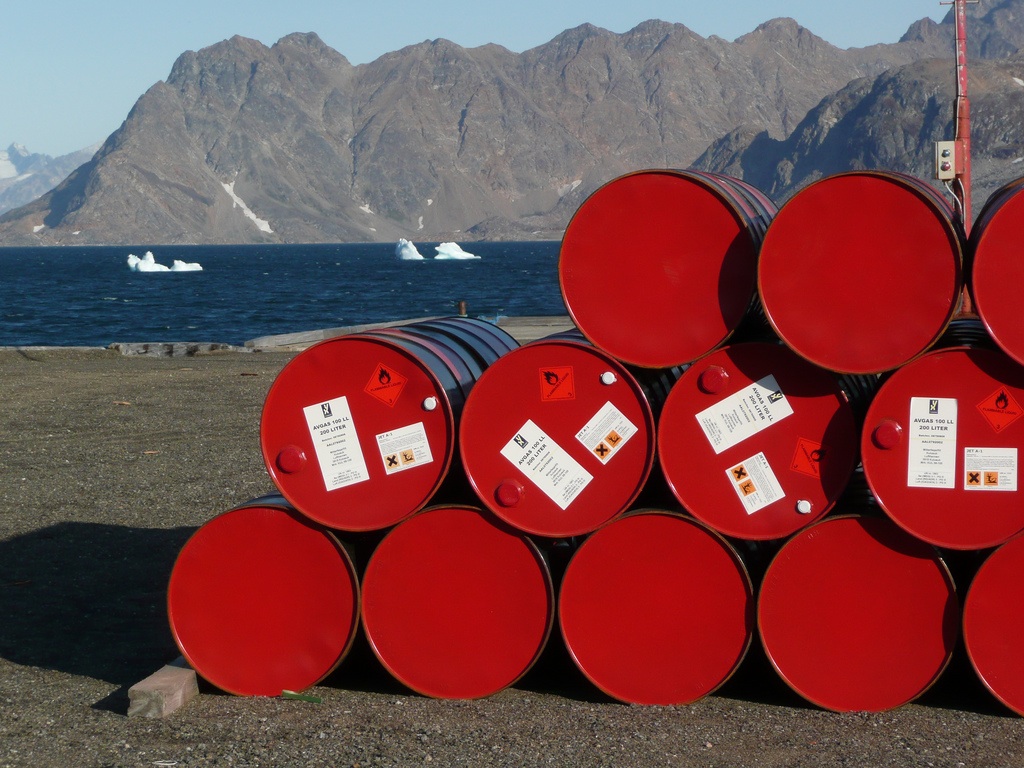Russia said that it has lifted restrictions on gasoline exports, following the previous lifting of restrictions on diesel exports.
The decision was made due to a surplus of supply and declining wholesale prices. However, the government has stated that export bans could be reimposed if necessary, adding that stocks of gasoline have risen to around 2 million metric tons.
“Over the past two months, while maintaining high volumes of oil refining, saturation of the domestic market has been ensured and a surplus in the supply of motor gasoline has been created, including in the exchange sales channel,” said the energy ministry, noting that “a decision was made to terminate the temporary ban on the export of motor gasoline.”
Russia implemented a ban on fuel exports on September 21, including gasoline and diesel, in order to address high domestic prices and shortages. This ban exempted only four ex-Soviet states: Belarus, Kazakhstan, Armenia, and Kyrgyzstan.
Then, on October 6, the government eased restrictions by allowing the export of diesel through pipelines. However, measures on gasoline exports remained in place, and overseas supplies of diesel and other fuels by truck and railway were still prohibited.
The lifting of gasoline export restrictions may complicate Russia’s efforts to reduce its oil and petroleum product exports by 300,000 barrels per day (bbl/d) until the end of the year, compared with the average level seen in May and June.
Despite the lifting of export restrictions, Russia has confirmed that it will continue its additional voluntary supply cut until the end of December. This decision was made in coordination with the OPEC+ group of exporters.
Diesel is Russia’s biggest oil product export, at about 35 million metric tons last year. Almost three-quarters of that was transported via pipeline. Russia also exported 4.8 million tons of gasoline in 2022.
Industry sources told Reuters that the government is preparing to lift the remaining restrictions in mid-November.
Meanwhile, officials said the ban would be lifted once the local market stabilizes. Analysts had expected the restrictions to be lifted after the completion of the grain harvest, according to Reuters.








